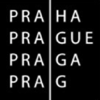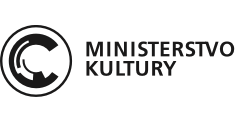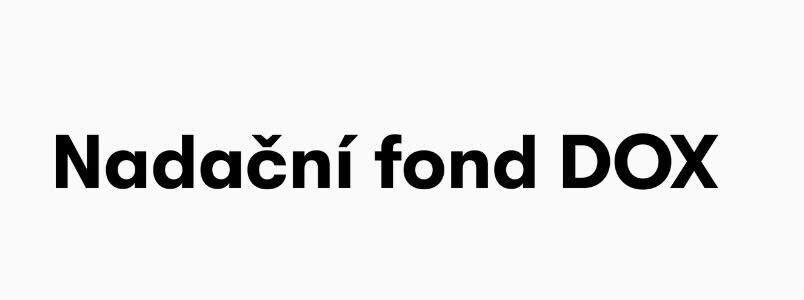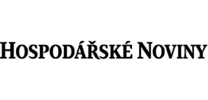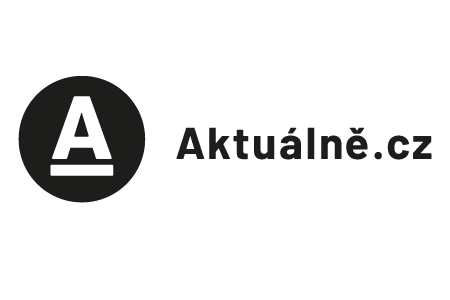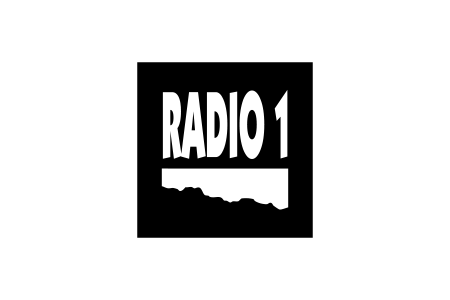Jaroslav Alt: Seven Last Words / Minor Injuries
5 Oct – 1 Nov 2015
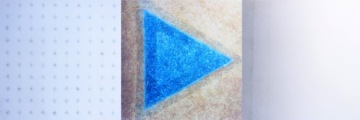
The exhibition takes place at the Art Archive at DOX within the project Polička/Shelf.
Exhibition opening: 5 October, 5 pm
Jaroslav Alt paints quiescence. He paints what will be when the interests and struggles of this decade and century pass. He paints bushes, cats, paving stones, water, thirst... As a landscape painter, he doesn’t paint the one we inhabit, which thus itself becomes dynamic, but the one that will approach us motionlessly – for it was already here, but we suddenly see ourselves in it too. He paints that which we must face in some way.
In the case of nature, this is the realization of the most fundamental conditions of our life, that without which we would not be here. Alt paints the pain, death, emptiness, hope, fear, sharing, or expectation that lies in the very nature of human existence.
Both of these areas are also grasped by all religious systems, which go on to co-create that which without we would not be here as humans – civilization, culture.
The Christian perspective, which is also Jaroslav Alt’s home and the immediate starting point for some of his works, such as Seven Last Words, is that without which we would not be here as specific people. Whether we explicitly identify with it or disagree with it, we live in its context, and are affected and conditioned by it.
The Seven Last Words series (and its complement, Minor Injuries, portraying no that critical, but identically unavoidable life situations) presents scenes from the human condition. The seven last words of Christ on the cross, recorded verbally in the gospels, have also been interpreted in music; this approach is closer to the original because speech, including when read, like music occurs in time, is motion. But a painting allows us to grasp with a glance, thus at once. It can happen over a long period of time, or arrive in a flash, but it is a moment of motionlessness.
In Jaroslav Alt’s book, which contains reproductions of drawings, paintings, and objects as well as the words of the Bible and the author’s comments, ranging from poetic ones to those on the nature of depiction, we are direct witnesses to transformation. A book, which is primarily a process-based medium, i.e. of the same nature as text, for which it serves as a carrier, in equal measure also facilitates quiescence. But much more important is another option it gives us: to find out something about the principles of pictorial thought and expression as such – even when a though has no verbal counterpart.
Curator: Lucie Rohanová

